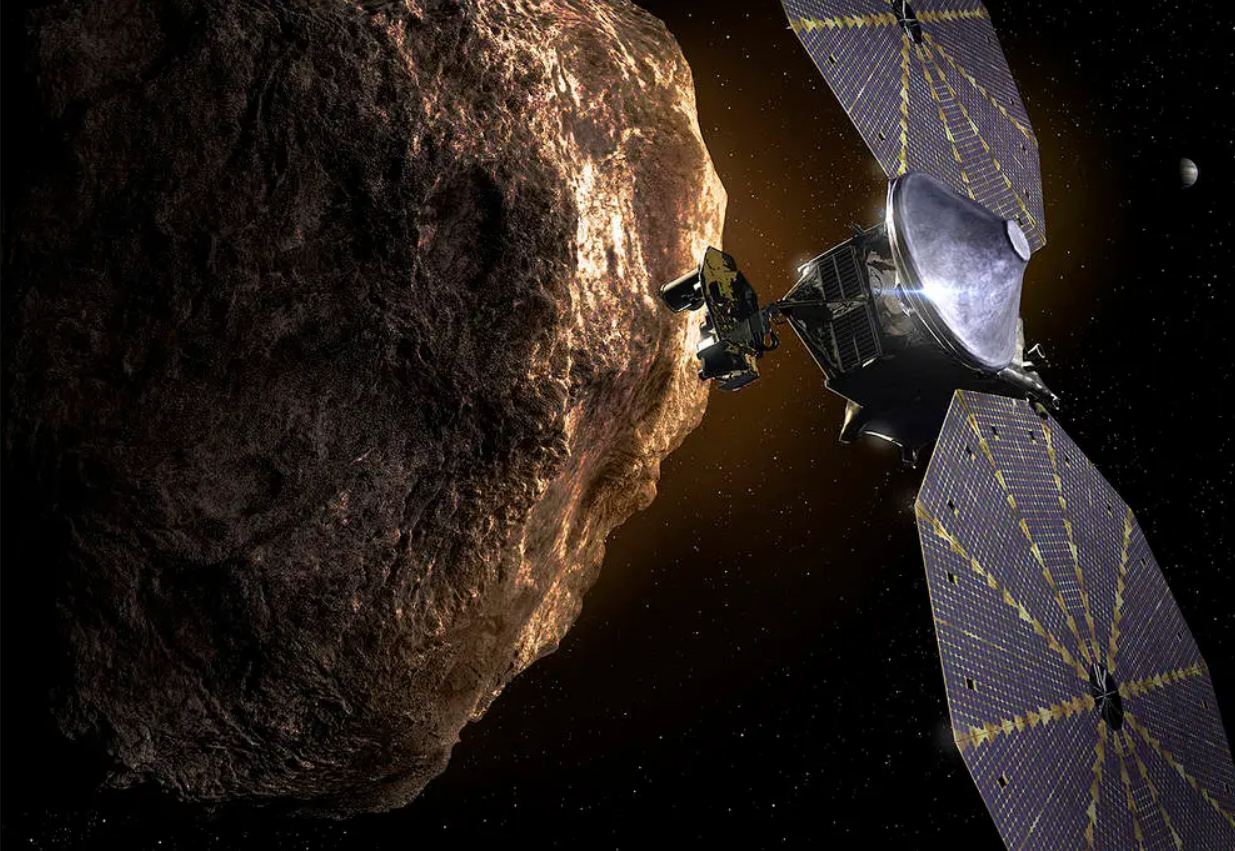There are four fundamental forces in the Universe. These forces govern all the ways matter can interact, from the sound of an infant’s laugh to the clustering of galaxies a billion light-years away. At least that’s what we’ve thought until recently. Things such as dark matter and dark energy, as well as a few odd interactions in particle physics, have led some researchers to propose a fifth fundamental force. Depending on the model you consider, this new force could explain dark matter and cosmic expansion, or it could interact with elemental particles we haven’t yet detected. There are lots of theories about this hypothetical force. What there isn’t a lot of is evidence. So a new study is looking for evidence in the orbits of asteroids.
Continue reading “Can an Asteroid's Movements Reveal a New Force in the Universe?”If We Want to Visit More Asteroids, We Need to Let the Spacecraft Think for Themselves
Missions to asteroids have been on a tear recently. Visits by Rosetta, Osirix-REX, and Hayabusa2 have all visited small bodies and, in some cases, successfully returned samples to the Earth. But as humanity starts reaching out to asteroids, it will run into a significant technical problem – bandwidth. There are tens of thousands of asteroids in our vicinity, some of which could potentially be dangerous. If we launched a mission to collect necessary data about each of them, our interplanetary communication and control infrastructure would be quickly overwhelmed. So why not let our robotic ambassadors do it for themselves – that’s the idea behind a new paper from researchers at the Federal University of São Paulo and Brazil’s National Institute for Space Research.
Continue reading “If We Want to Visit More Asteroids, We Need to Let the Spacecraft Think for Themselves”OSIRIS-REx’s Final Haul: 121.6 Grams from Asteroid Bennu
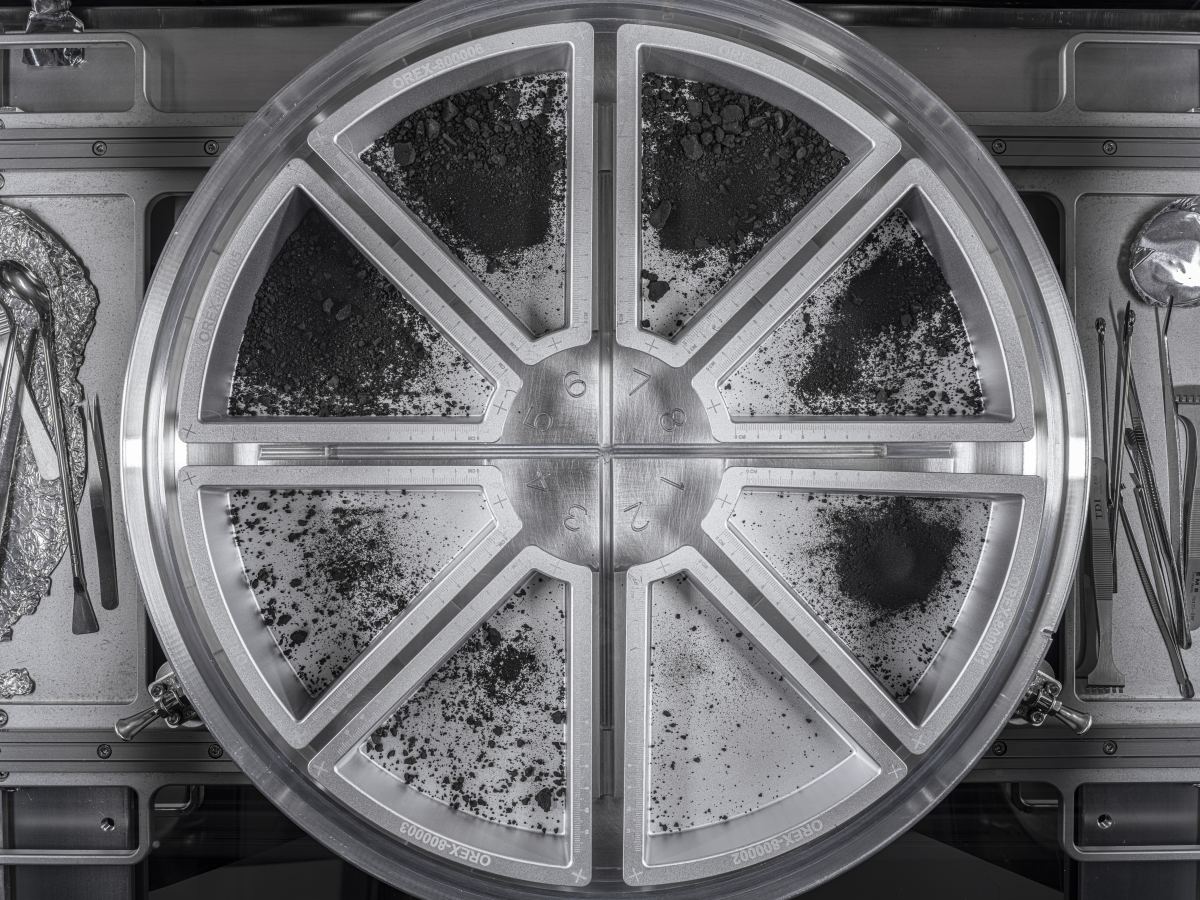
After several months of meticulous, careful work, NASA has the final total for their haul of asteroidal material from the OSIRIS-REx mission to Bennu. The highly successful mission successfully collected 121.6 grams, or almost 4.3 ounces, of rock and dust. It won’t be long before scientists get their hands on these samples and start analyzing them.
Continue reading “OSIRIS-REx’s Final Haul: 121.6 Grams from Asteroid Bennu”Engineers Finally Open OSIRIS-REx’s Sample Container
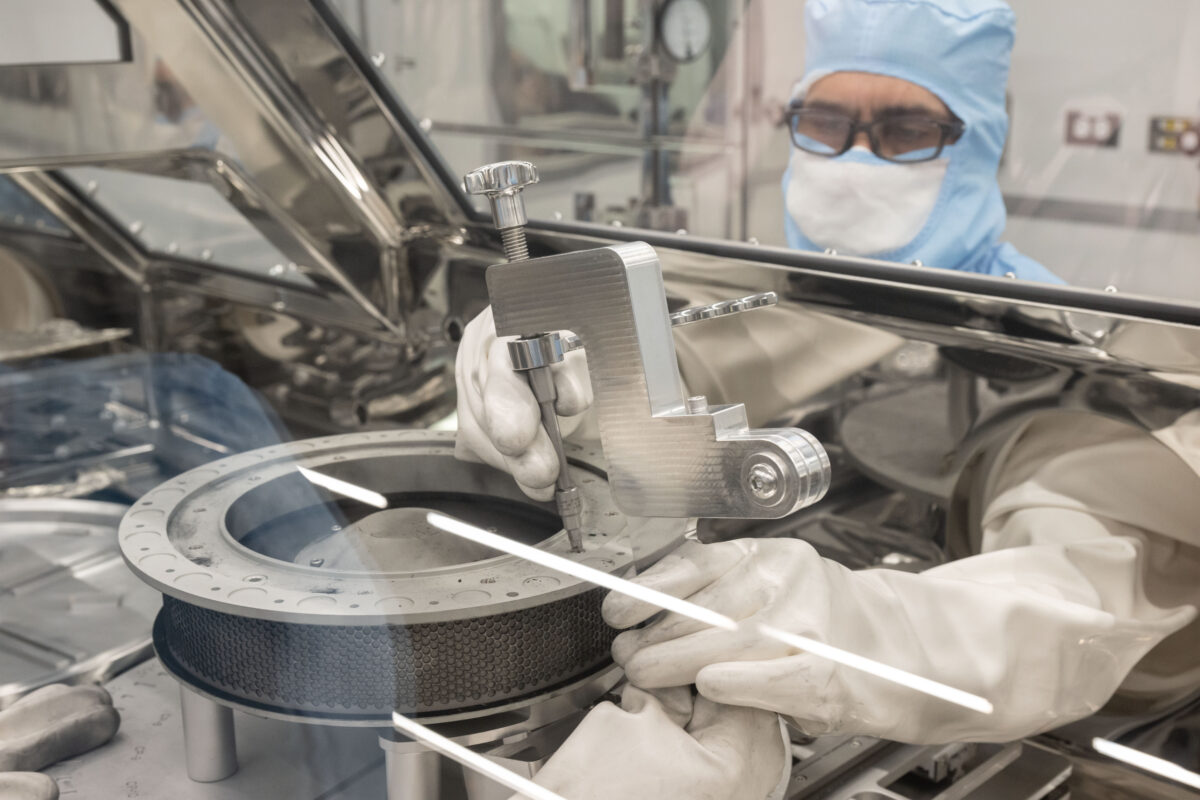
We have all been there, had that one stubborn jar of jam that we just can’t open. Maybe you grab a rubber band or run it under warm water and its an easy fix but just imagine when the jar is a module from a $1.16 billion interplanetary probe! That’s what happened to NASA engineers when they were trying to recover samples from the OSIRIS-REx module when they discovered the clamps had cold welded shut!
Continue reading “Engineers Finally Open OSIRIS-REx’s Sample Container”OSIRIS-REx Failed to Deploy its Drogue Chute Properly. Now NASA has Figured out Why

On September 24, 2023, NASA’s OSIRIS-REx mission returned a precious sample of rocky material from asteroid Bennu to Earth. The capsule landed safely under its main parachute, but it arrived more than a minute early. The cause: a small drogue parachute, designed to slow the spacecraft down prior to the main chute’s deployment, failed to open. After an investigation into the mishap, NASA believes they have determined the cause of the (happily non-catastrophic) failure.
Continue reading “OSIRIS-REx Failed to Deploy its Drogue Chute Properly. Now NASA has Figured out Why”OSIRIS-REx Returned Carbon and Water from Asteroid Bennu
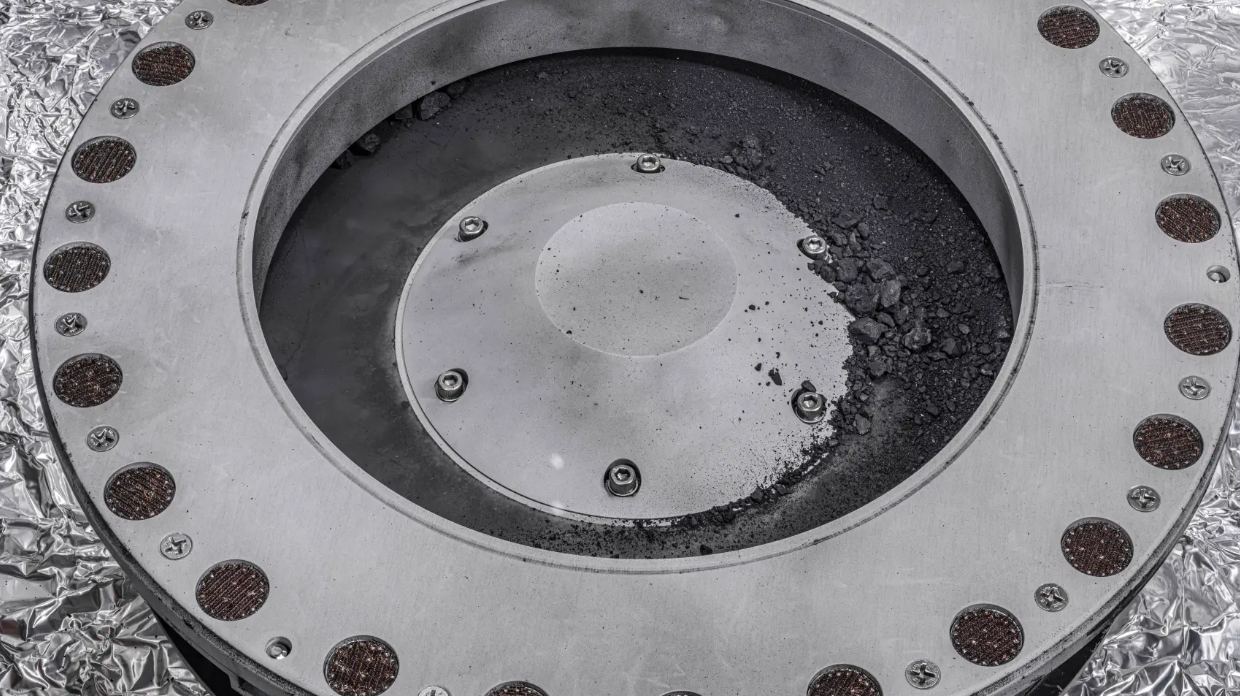
Carbon and water are so common on Earth that they’re barely worth mentioning. But not if you’re a scientist. They know that carbon and water are life-enabling chemicals and are also links to the larger cosmos.
Initial results from OSIRIS-REx’s Bennu samples show the presence of both in the asteroid’s regolith. Now, eager scientists will begin to piece together how Bennu’s carbon, water, and other molecules fit into the puzzle of the Earth, the Sun, and even the entire Solar System and beyond.
Continue reading “OSIRIS-REx Returned Carbon and Water from Asteroid Bennu”Watch OSIRIS-REx Release its Sample Capsule
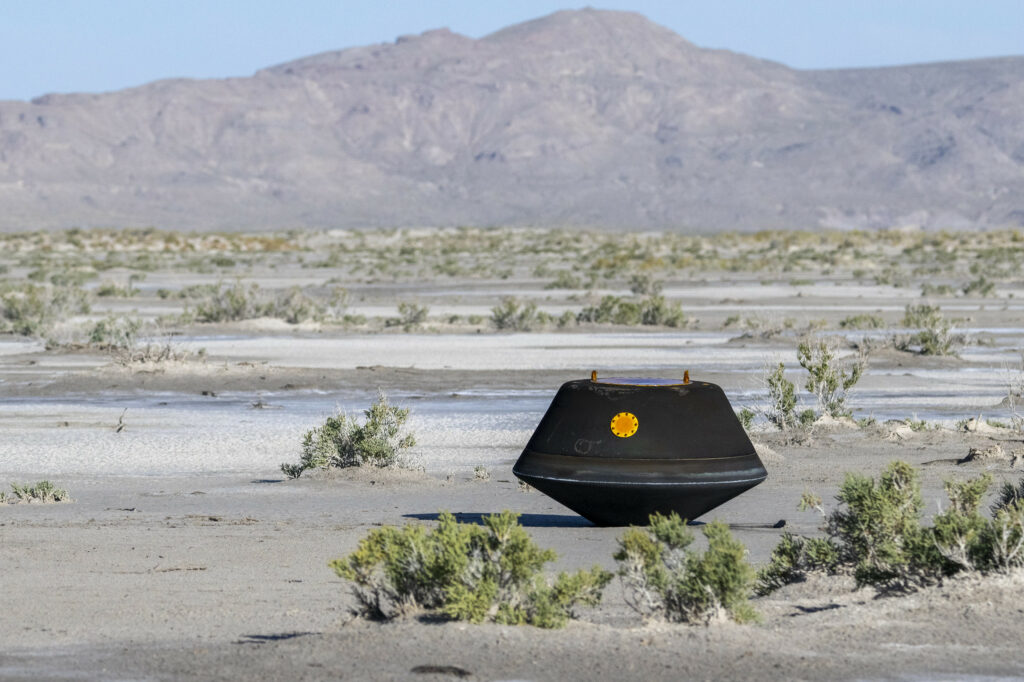
Most of the spacecraft we send out into the Solar System are never meant to return. Time, space, and entropy overtake them, or else they’re purposely sent crashing to their doom at the end of their missions. But not OSIRIS-REx. Its mission was only a success when it returned to Earth with its rare cargo.
Continue reading “Watch OSIRIS-REx Release its Sample Capsule”NASA Opens the Lid on OSIRIS-REx's Sample Capsule

On Sunday, September 23rd, the Sample Retrieval Capsule (SRC) from NASA’s OSIRIS-REx mission landed in the Utah desert. Shortly thereafter, recovery teams arrived in helicopters, inspected and secured the samples, and flew them to the Utah Test and Training Range (UTTR). On Monday, the sample canister was transferred to the Astromaterials Research and Exploration Science Directorate (ARES) in Houston, Texas. Yesterday, on Tuesday, September 26th, NASA announced that the process of unsealing and removing the samples from the canister had begun with the removal of the initial lid.
Continue reading “NASA Opens the Lid on OSIRIS-REx's Sample Capsule”The OSIRIS-REx Capsule Has Landed! Asteroid Samples Returned!
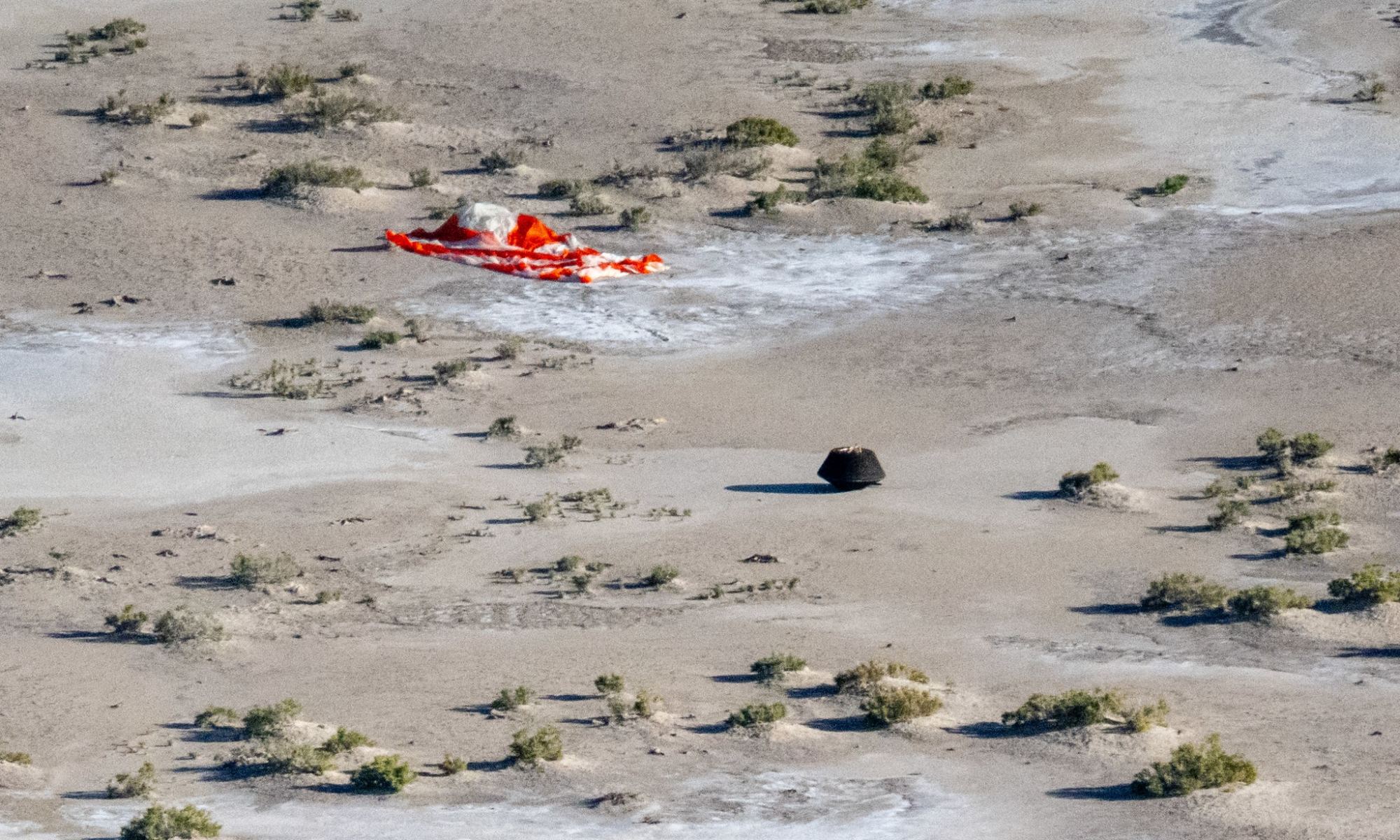
The OSIRIS-REx mission has just completed NASA’s first sample-return mission from a near-Earth asteroid (NEA). The samples arrived at the Utah Test and Training Range (UTTR) near Salt Lake City, where a team of engineers arrived by helicopter to retrieve the sample capsule. The samples will be curated by NASA’s Astromaterials Research and Exploration Science Directorate (ARES) and Japan’s Extraterrestrial Sample Curation Center (ESCuC). Analysis of the rocks and dust obtained from Bennu is expected to provide new insight into the formation and evolution of the Solar System.
Continue reading “The OSIRIS-REx Capsule Has Landed! Asteroid Samples Returned!”OSIRIS-REx Returns This Sunday!
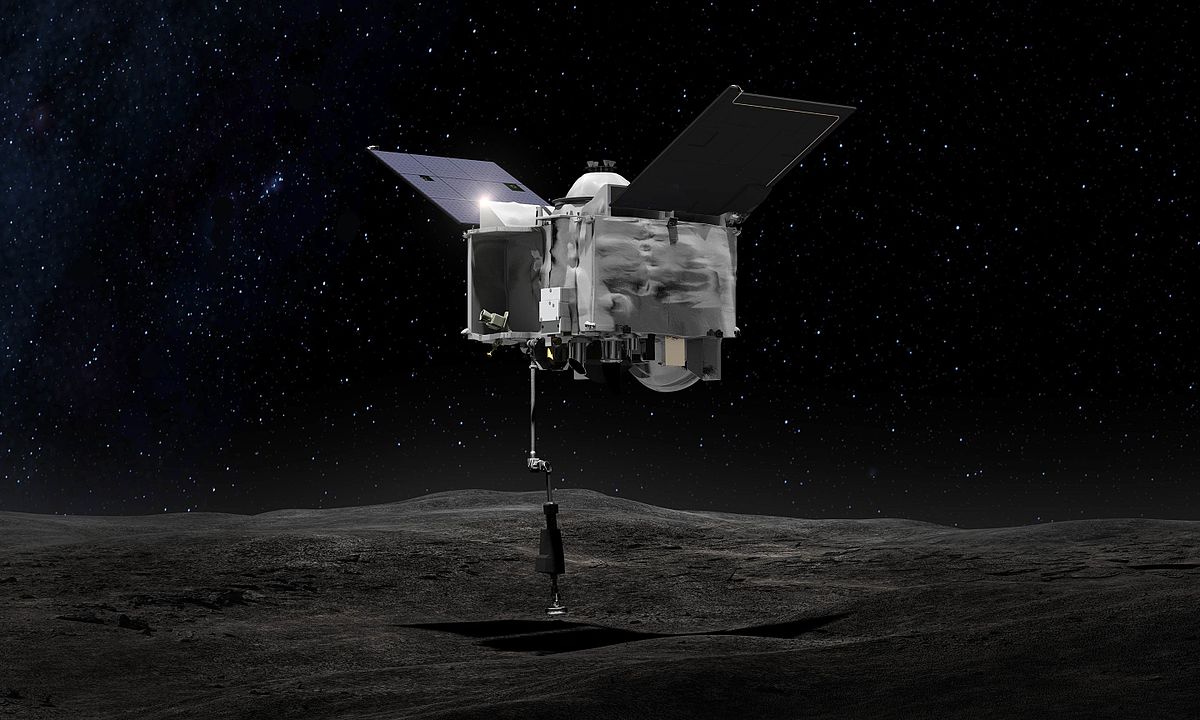
On September 8th, 2016, NASA’s OSIRIS-REx (Origins, Spectral Interpretation, Resource Identification, Security, Regolith Explorer) mission launched from Earth. Its primary mission was to rendezvous with the asteroid Bennu, a carbonaceous Near-Earth Asteroid (NEA), obtain samples from its surface, and return them to Earth for analysis. On December 3rd, 2018, the mission reached Bennu and spent the next two years searching for the optimal place to retrieve these samples. Tomorrow, on Sunday, September 24th, the mission will finally deliver these samples to Earth for analysis.
Last week, on Saturday, September 16th, the OSIRIS-REx mission was spotted by the ESA’s Optical Ground Station (OGS) 1-meter telescope on the island of Tenerife, Spain. The spacecraft was still 4.66 km million (2.9 million mi) from Earth, but well on its way to returning. This will be the last time OSIRIS-REx will be spotted by ground-based telescopes before it reaches Earth to deliver its sample and heads back out into space.
Continue reading “OSIRIS-REx Returns This Sunday!”

